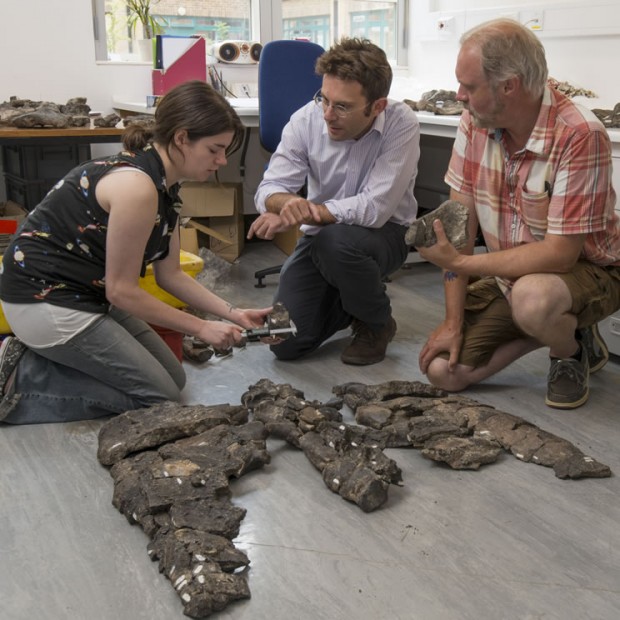On 23 May 2007 at the summit of Mount Everest a small team of exhausted Southampton doctors and scientists jabbed their own femoral arteries to take blood samples, sparking a decade of groundbreaking discoveries of how low oxygen levels affect the body.
Ten years on, this pioneering endeavour has enhanced our understanding of life-threatening trauma and critical illness, how humans adapt to life at high altitude and led to new approaches to intensive care.
One in five people in the UK end up in intensive care at some point and, of those, 25–30 per cent die, with lack of oxygen, or hypoxia, a major contributory factor.
Reducing those deaths has been the main aim of the Caudwell Xtreme Everest, an international collaboration between Southampton, University College London and Duke University in the USA, by using the oxygen-thin air of the Himalayas to simulate hypoxia.
During the extreme altitude expeditions, the team of intensive care doctors, nurses and scientists from Southampton and London conducted experiments on themselves, identical twins, children and the Sherpa people.
Some of the most prominent results, radically changing research into how oxygen is used to support critically ill patients, are based on arterial blood samples taken by the 2007 team from themselves, just after reaching the summit and fighting their own dangerous hypoxia.
Professor Mike Grocott, Professor of Anaesthesia and Critical Care Medicine at the University of Southampton and Consultant in Critical Care Medicine at University Hospital Southampton, leads the Xtreme Everest collaboration. He said:
We have been able to collect a vast amount of data and we hope to make it more widely available to other research teams. We also hope to create a cohort study, working with our participants to conduct repeat measurements over time to understand the long-term effects of hypoxia on the body.



